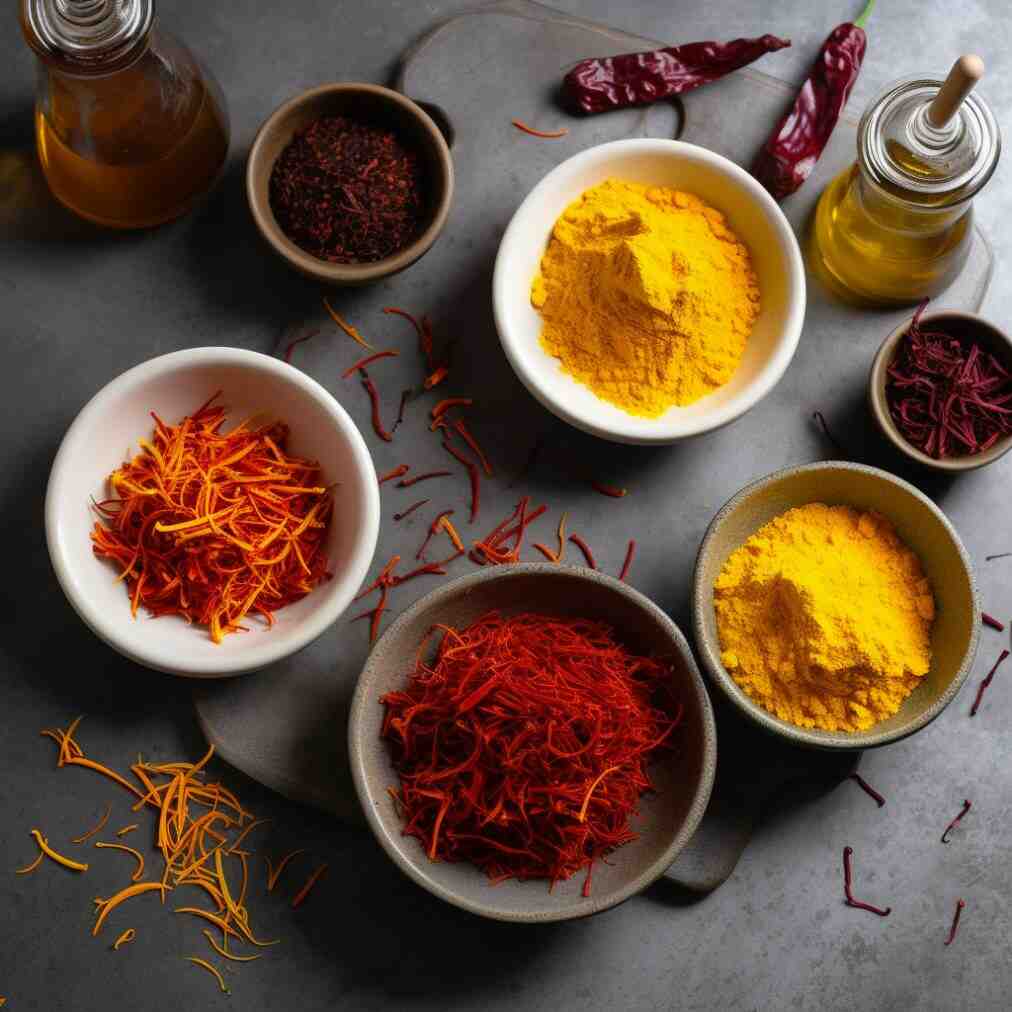
Known for its vibrant red-gold color, saffron is one of the most expensive spices in the world due to the labor-intensive process of harvesting and the large number of flowers required to produce a small number of saffron threads.
With a unique flavor profile that is both floral and slightly bitter, saffron is a key ingredient in various cuisines, used to enhance a wide range of dishes, from paellas and risottos to desserts and teas.
So what can I use if I don’t have saffron? Jump to our Top 5 Saffron Subtitutes Quick Summary.
Cheaper alternative to saffron
High-quality saffron can range from $5 to $20 or more per gram ($283.5 per ounce) whereas all the spices recommended here are a cheaper alternative to saffron ranging from $1 to $5 per ounce.
What dishes do you use saffron in?
- Paella
- Risotto alla Milanese
- Persian Saffron Rice (known as Tachin)
- Indian Biryani
- Roasted Chicken, Corn, and Saffron Soup.
- Bourride (Fish Stew with Aïoli)
- Arroz con Perdiz (Saffron Rice with Partridges and Amontillado Sherry)
- Saffron Infused Ice Cream
- Saffron Lemonade
Top 5 Saffron Substitutes Quick Summary

| ✓ | Similar golden color to saffron, widely available and more affordable than saffron, and has anti-inflammatory properties. Works well in adding a yellow-golden color to rice dishes like biryani, sauces, and curries while providing a mild earthy flavor to soups and stews. |
| ✗ | It lacks saffron’s distinctive aroma and complex flavor. Using too much turmeric can lead to an overpowering taste, and it may not be suitable for all saffron recipes. |
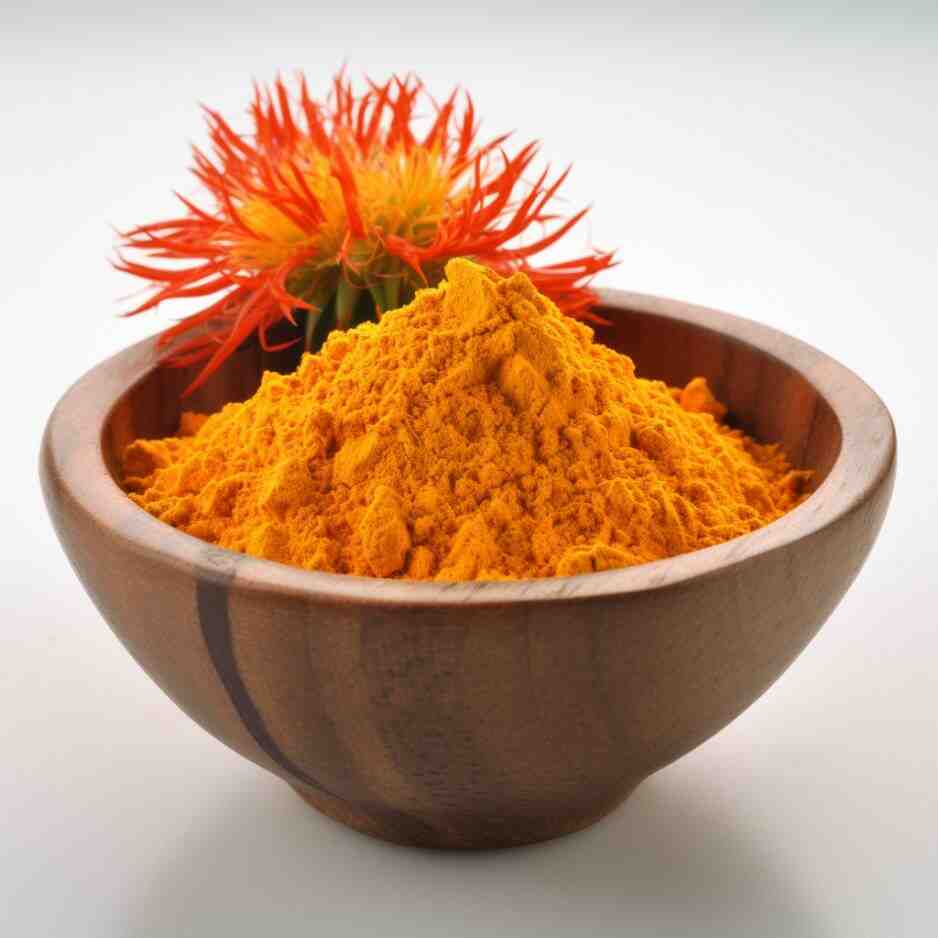
| ✓ | Shares a similar yellow-orange hue, easier to find in powdered or liquid form, is less expensive, and well suited to give a touch of color to rice dishes and baked goods, and desserts without altering flavor. |
| ✗ | Lacks the unique taste and aroma of saffron, so it won’t add the same depth to your dishes. It is primarily used for its color-enhancing abilities rather than flavor. |
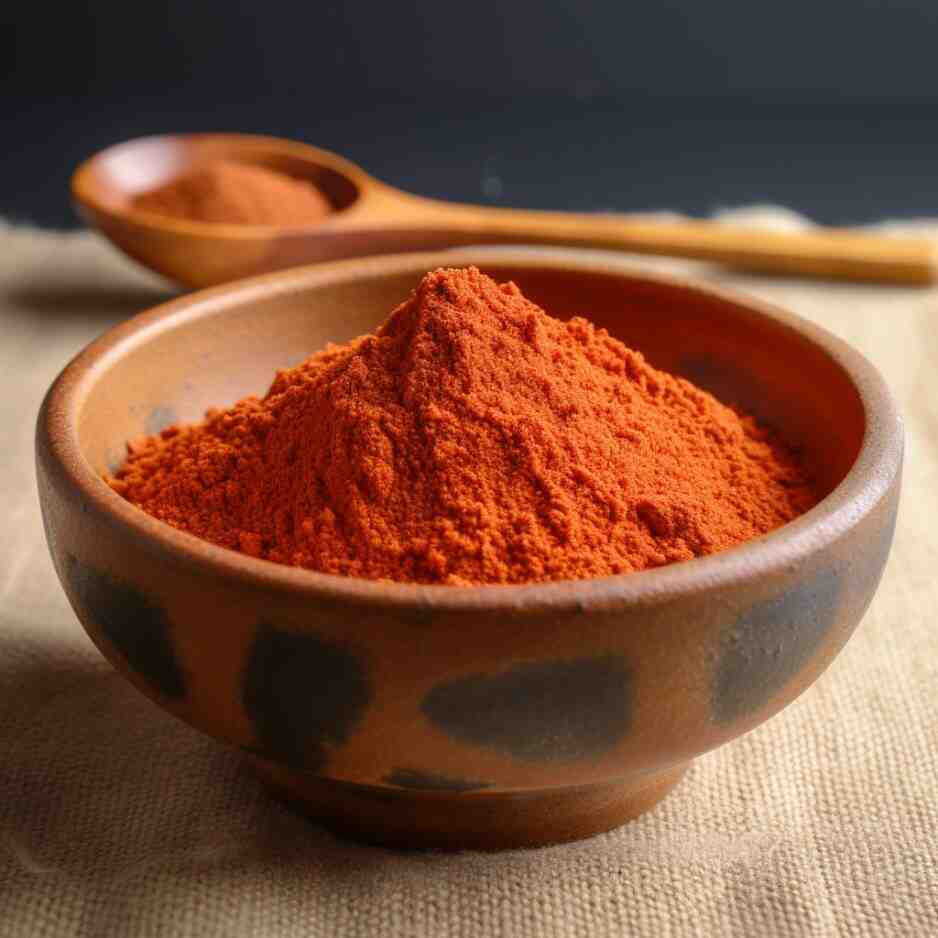
| ✓ | Adds a warm color to your dishes and is often used in Latin American and Filipino cuisines to color meat and rice but also cheese and butter. |
| ✗ | Different flavor profile from saffron, used primarily for color enhancement, not flavor enhancement. |
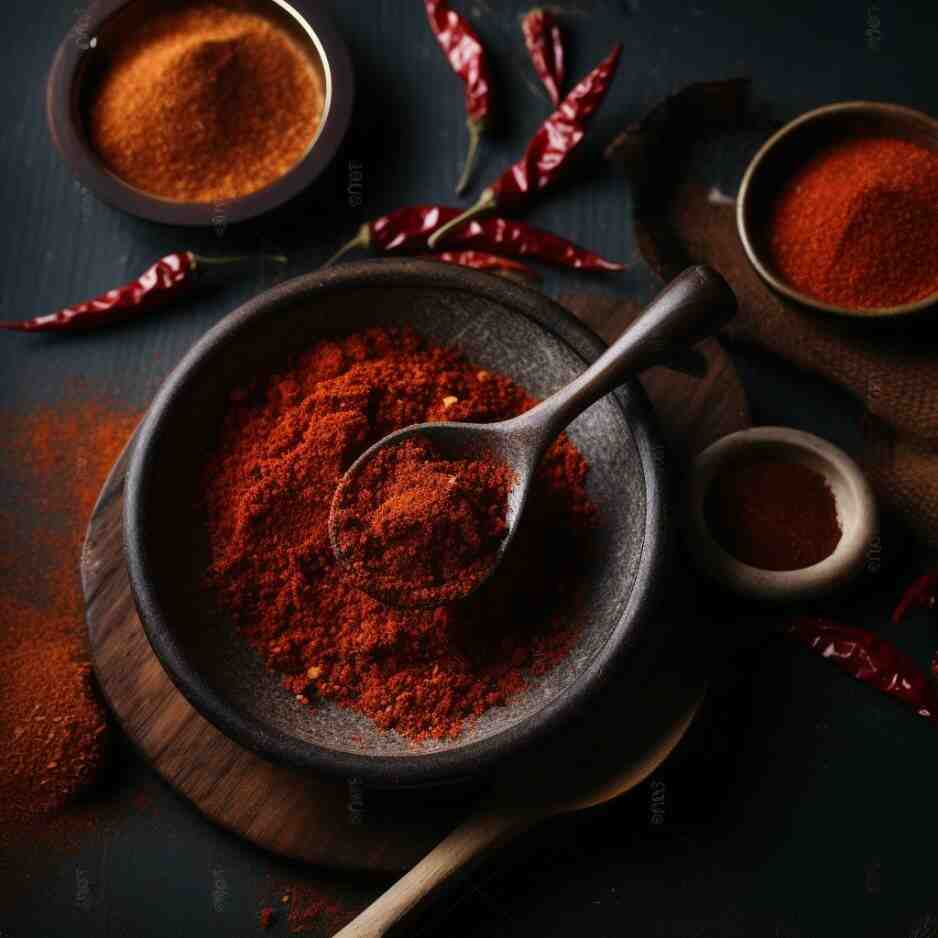
| ✓ | Colors dishes with a reddish-orange hue, well suited for dishes that require mild heat such as stews, soups, and sauces. |
| ✗ | Lacks the unique floral and aromatic properties of saffron, and it can be a bit spicy depending on the variety. It’s best used in dishes where a mild warmth and color are desired. |
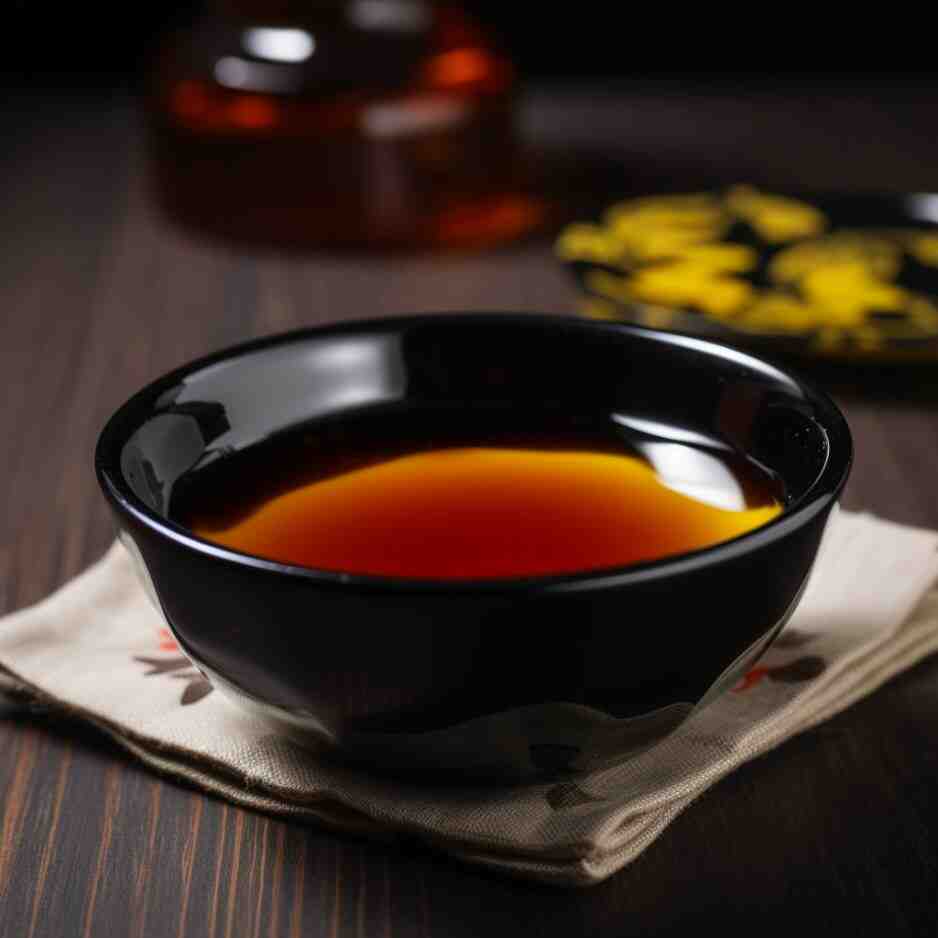
| ✓ | Great choice if you want to mimic the color and imitate the flavor of real saffron at a more affordable price. |
| ✗ | Does not capture the distinctive taste and aroma found in genuine saffron, and quality differs significantly between brands. |
What spice is most similar to saffron
1. TURMERIC
Cost: $2 to $5 per ounce (28 grams).

Turmeric, a bright yellow spice commonly used in Asian cuisine, is often considered one of the best saffron substitutes due to its similar color.
Note: Turmeric lacks the unique aroma and complex flavor of saffron, and using excessive amounts may overpower the dish with its earthy taste.
Substitute for saffron in biryani, & other rice dishes
Turmeric is an excellent substitute when a saffron-like color is desired, but it may not be suitable if you seek the specific saffron taste and aroma. It can effectively replace saffron in rice dishes like paella and biryani, soups, stews, sauces, and curries, adding a vibrant yellow-golden hue.
Nutritional Info: Turmeric vs Saffron
- Both turmeric and saffron are relatively low in calories and are mainly composed of carbohydrates.
- Turmeric contains slightly more calories (354 kcal vs 310 kcal) and fat than saffron (10g vs 5.9g), but it also has a higher dietary fiber (21g vs 3.9g) content, which may aid in digestion.
- Saffron has a higher protein (11.4g) content compared to turmeric (8g), making it a more substantial source of plant-based protein.
- Saffron is notably richer in vitamin C (80.8mg) than turmeric (25.9mg), which is an essential antioxidant and plays a crucial role in immune function and skin health.
- Turmeric has significantly higher levels of iron (55mg) and potassium (2,525mg) compared to saffron (11.1mg iron & 1,724mg potassium).
- Both spices contain various other beneficial compounds, such as curcumin in turmeric, which is known for its anti-inflammatory properties, and crocin and safranal in saffron, contributing to its unique color and aroma.
2. SAFFLOWER
Cost: $1 to $3 per ounce (28 grams).

Safflower, also known as “false saffron,” is a plant whose flowers yield a yellow-orange dye, making it a common natural alternative to saffron for color enhancement.
Note: While it imparts a similar color, safflower lacks the distinctive flavor and fragrance of saffron, limiting its suitability for dishes where saffron’s taste is crucial.
Substitute for saffron in rice dishes, baked goods & desserts
Safflower works well when your primary goal is to achieve a saffron-like color, but for authentic saffron taste and aroma, other substitutes may be better. Safflower can be used to replace saffron in rice dishes, such as saffron rice, as well as in baked goods and desserts for adding a warm color.
Nutritional Info: Safflower vs Saffron
- Safflower is notably higher in calories (521 kcal vs 310 kcal) due to its higher fat content.
- Safflower has significantly fewer carbohydrates (23g vs 65g).
- Safflower has a substantially higher fat (34.5 vs 5.9g) content, primarily consisting of healthy unsaturated fats (Monounsaturated 7.53g, Polyunsaturated 21.46g), making it a richer source of dietary fats compared to saffron.
- Safflower has the highest protein content (17.23g vs 11.4g), making it a relatively good plant-based protein source.
- Saffron is notably richer in vitamin C (80.8mg) while safflower doesn’t have any (0mg) of this essential antioxidant.
- Safflower lacks dietary fiber while saffron has 3.9g per 100g.
- Safflower has significantly lower levels of iron (2.67mg) and potassium (715mg) compared to saffron (11.1mg iron & 1,724mg potassium) and other spices like turmeric.
- Safflower has also a low calcium content (26mg) compared to saffron (111mg) and turmeric (183mg)
- Safflower oil is a good source of unsaturated fats and contains vitamin E, which acts as an antioxidant.
3. ANNATTO
Cost: $1 to $3 per ounce (28 grams).

Derived from the seeds of the achiote tree, annatto is a red-orange dye commonly used in Latin American and Filipino cuisines, offering a warm hue to dishes.
Note: Annatto lacks the unique floral and aromatic properties of saffron, limiting its ability to replicate saffron’s full flavor profile.
Substitute for saffron in Latin American, Filipino dishes
Annatto is an excellent choice for color enhancement in specific cuisines, but it cannot fully replace saffron’s taste and aroma in all dishes. Annatto can be used as a substitute for saffron in various Latin American and Filipino rice and meat dishes, as well as in cheese and butter preparations for coloring.
Nutritional Info: Annatto vs Saffron
- Annatto and Saffron have comparable calorie levels (356 kcal vs 310 kcal).
- Both spices have similar carbohydrate content (65g), with annatto having more dietary fiber. (21.2g vs 3.9g).
- Annatto has a substantially higher fat (15g vs 5.9g) content, primarily consisting of healthy unsaturated fats (Monounsaturated 8.9g, Polyunsaturated 1.8g), compared to saffron.
- Annatto has a slightly higher protein content (13.2g vs 11.4g).
- Saffron is notably richer in vitamin C (80.8mg) while annatto doesn’t have any (0mg) of this vitamin.
- Annatto has significantly lower levels of iron (0.89mgmg) and potassium (158mg) compared to saffron (11.1mg iron & 1,724mg potassium).
- Annatto has also a low calcium content (37mg) compared to saffron (111mg) and turmeric (183mg)
- Annatto contains carotenoids, which are beneficial for eye health and overall immunity.
4. PAPRIKA
Cost: $1 to $5 per ounce (28 grams).

Paprika, made from ground peppers, offers a reddish-orange hue and a mild spiciness, making it a potential alternative to saffron for some recipes.
Note: Paprika lacks the unique floral and bitter notes of saffron, which may limit its ability to fully replicate saffron’s flavor profile.
Substitute for saffron in soups, stews, and sauces
Paprika can be used as a substitute when saffron’s flavor is less critical, and the focus is primarily on achieving a warm color. It can be used as a saffron substitute in stews, soups, sauces, and garnishing dishes where mild heat and color enhancement are desired.
Nutritional Info: Paprika vs Saffron
- Paprika is slightly lower in calories (282 kcal vs 310 kcal).
- Both spices have similar carbohydrate content (56.6g vs 65g), but paprika has significantly more dietary fiber and sugars than saffron (31.9g vs 3.9g).
- Safflower has a higher fat (12.9g vs 5.9g) content, primarily consisting of healthy unsaturated fats (Monounsaturated1.8g, Polyunsaturated 7.4g).
- Paprika provides slightly more protein (14.1g vs 11.4g) than saffron.
- Paprika and Saffron are both rich in vitamin C (89.3mg vs 80.8mg) but paprika contains slightly more of this essential antioxidant.
- Paprika has significantly higher levels of iron (14mg) and potassium (2283mg) compared to saffron (11.1mg iron & 1,724mg potassium).
- Paprika has also a slightly lower calcium content (77mg) compared to saffron (111mg).
- Paprika provides some vitamins, including vitamins C and E, along with capsaicin, which may have metabolism-boosting effects.
5. SAFFRON EXTRACT
Cost: $1 to $5 per ounce (28 grams).

Saffron extract or imitation saffron products aim to mimic the color and flavor of genuine saffron at a more affordable price.
Note: Saffron extracts and imitations often fall short in fully replicating the depth and complexity of genuine saffron’s flavor profile.
Substitute for saffron in dishes where you want to achieve a yellow color
While they can add a saffron-like color to dishes, for authentic saffron experiences, it’s best to use genuine saffron or choose other substitutes if the color is the main concern. These substitutes can be used in recipes where the primary goal is to achieve a yellow color similar to saffron, rather than its unique taste and aroma.
Nutritional Info: Saffron Extract vs Saffron
- Saffron extract or imitation saffron varies significantly in nutritional content as it may contain additional ingredients like fillers, preservatives, or flavorings, which can affect its overall nutrient profile.
- Authentic saffron provides 310 kcal per 100 grams, while saffron extract’s calorie content may differ based on its composition.
- Saffron is rich in carbohydrates, dietary fiber, fats, and protein, while the nutritional composition of saffron extract will depend on its specific formulation.
- Saffron is notably abundant in vitamin C, calcium, iron, and potassium, which are essential nutrients with various health benefits, while saffron extract may or may not contain these nutrients depending on its ingredients.
You might like more…
Substitute for saffron in biryani
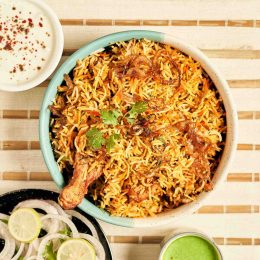
Chicken Thigh Biryani With Turmeric
Ingredients
For the Chicken Marinade
- 200 g yogurt
- 1 tbsp ground cumin
- 1 tbsp chili powder
- 1 tsp turmeric
- 5 cloves garlic crushed
- 1 knob of ginger finely grated
- 1 tbsp salt for chicken marinade
For the Biryani
- 1 kg chicken thighs boneless
- 500 g basmati rice
- 4 red onions sliced
- 10 cloves garlic crushed
- 1 knob of ginger finely grated
- 4 tomatoes finely diced
- 2 green chilies halved
- 3 tbsp ghee reserve 1 tbsp for the final assembly
- 1 cinnamon stick
- 4 green cardamom
- 1 tbsp coriander seeds
- 2 tbsp garam masala
- 1 bunch mint
- 1 bunch coriander
Instructions
- Marinate your chicken in the yogurt, turmeric, cumin, chili powder, and 1/2 of the garlic and ginger.
- Wash your rice under cold water and leave it to soak for 20 minutes.
- Boil a large pot of salted water and add the rice. Cook for 6-7 minutes or until it’s about 2/3 cooked, and then drain the water.
- Heat the ghee in a large pot and flavor it with the cinnamon stick, green cardamom, and coriander seeds.
- After a few minutes, add the onions and a tbsp of salt and sauté for 15-20 minutes, stirring often.
- Remove 1/4 of the cooked onions and set aside for the final assembly.
- Add the remaining garlic and ginger to the pot and sauté for 2-3 minutes.
- Add the marinated chicken, followed by the diced tomatoes, green chilies, and garam masala.
- Stir well and cook for 15-20 minutes or until the tomatoes are completely soft.
For assembling the biryani
- Pour the remaining ghee into the bottom of a large pot (make sure you have a lid to close it).
- Add a layer of rice, then a layer of chicken, and a sprinkling of mint and coriander.
- Repeat this until all the rice and chicken is in the pot
- Make sure your last layer is rice on top with the reserved sautéed onions.
- Optionally, you can warm 3 tbsp of milk with a pinch of turmeric (or saffron) and pour over the final assembled biryani.
- Seal the pot by using a tea towel under the lid and cook for 25 minutes on low.
- Serve with more chopped mint, coriander, and some crispy shallots (optional).
- Enjoy!
Conclusion
In conclusion, saffron stands out as a highly prized spice, celebrated for its vibrant color, distinctive flavor, and potential health benefits. Its unique aroma and taste have made it an essential ingredient in a wide range of cuisines, elevating dishes from rice and paellas to desserts and teas. While there are saffron substitutes available, such as turmeric, safflower, annatto, paprika, and saffron extract, each with its own merits, they may not fully replicate the multifaceted qualities that make saffron a prized and cherished spice worldwide.
